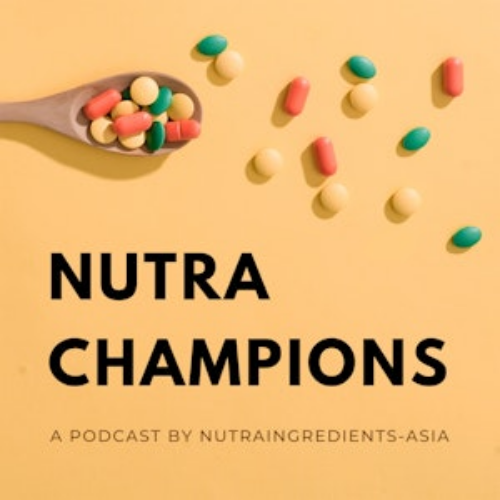Shifting omega-3/omega-6 ratio may be key to cutting atherosclerosis risk

For decades’ health experts around the world advised us that the key to reducing your risk of heart disease was to cut out saturated fats and increase intakes of polyunsaturated fats.
While a raft of research has since linked long-chain marine omega-3 polyunsaturated fatty acids (PUFAs) such as docosahexaenoic acid (DHA) and eicosapentaenoic acid (EPA) with beneficial effects on heart disease, there has also been controversy over whether saturated fat really is the enemy.
New research from China set out to test how varying the ratios of various omega-3 and omega-6 fats in the diet impacted atherosclerosis using a mouse model.
“We aimed to evaluate the atheroprotective role of dietary interventions with various DHA/EPA ratios (1:1, 2:1 and 1:2) and with an omega-6 PUFA/ omega-3 PUFA ratio of 4:1, which is suggested by the World Health Organization to be optimal for human health,” explained the research team, led by Liang Liu from Wuhan Polytechnic University in China.
“Our results suggest that achieving an omega-6 / omega-3 ratio of 4:1 in the diet is also important in addition to having an optimal DHA/EPA ratio.”
More potent effects
Using a mouse model, Liu and colleagues explored the effects of various ratios of omega-3 and omega-6 fats on the incidence of high-fat-induced atherosclerosis.
Mice were fed standard diets enriched with fish oil containing three different DHA/EPA ratios (1:1, 2:1 and 1:2) and were compared to those whose diets contained sunflower seed and perilla oils, which are rich sources of alpha-linolenic acid (ALA), said the team.
“Our study suggested that omega-3 PUFA from animals had more potent atheroprotective effects than that from plants,” they said.
Supplementation involving higher DHA to EPA ratios and an omega-6 to omega-3 ratio of 4:1 was reported to be beneficial for reducing serum “bad cholesterol”, while a 1:1 DHA/EPA ratio with an omega-6 to omega-3 ratio of 4:1 was revealed to be beneficial for improving serum “good cholesterol” and inhibiting ox-LDL uptake, Lui et al added.
However, the team noted that the main risk factors for atherosclerosis were reduced in all variations of DHA and EPA ration, and that it seems that achieving a ratio of omega-6 to omaga-3 of 4:1 is more important than varying the ratio of DHA to EPA of the omega-3 fraction.
Source: The Journal of Nutritional Biochemistry
Volume 32, Pages 171–180, doi: 10.1016/j.jnutbio.2016.02.010
“Protective role of n6/n3 PUFA supplementation with varying DHA/EPA ratios against atherosclerosis in mice”
Authors: Liang Liu, et al

















